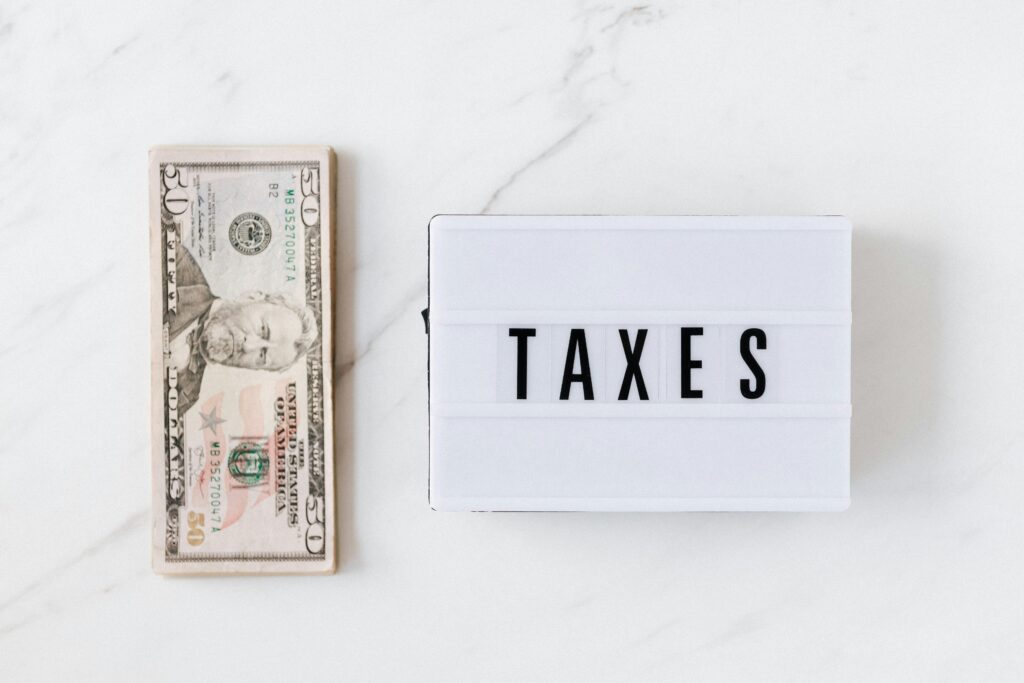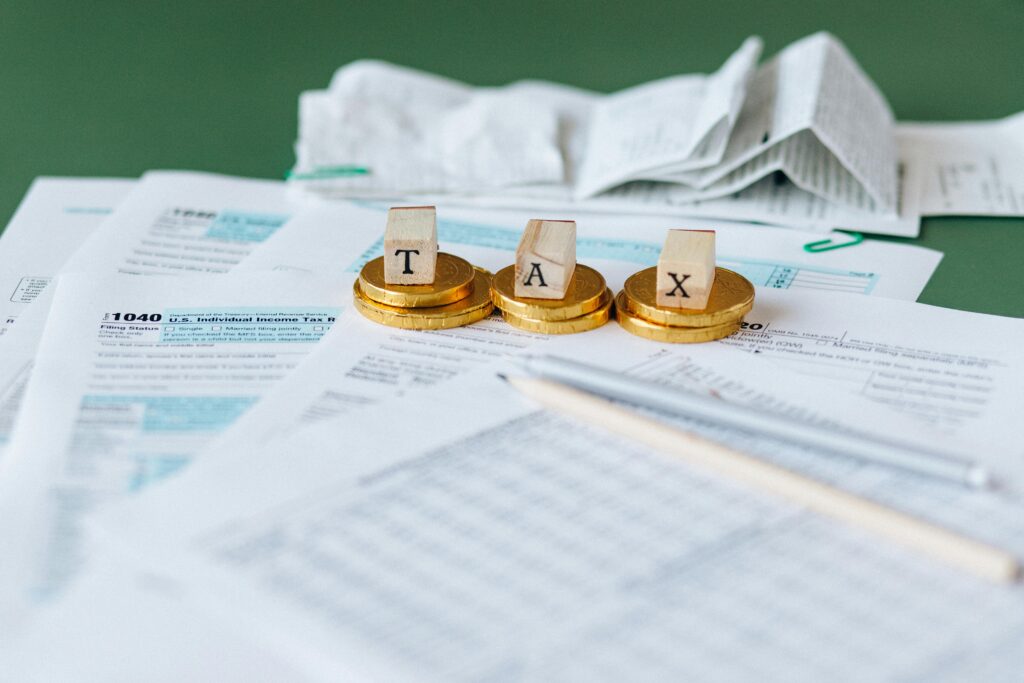According to a study, millions of low-income youngsters would be excluded from a tax credit increase.
The House approved the domestic policy bill, which increases the maximum kid tax credit to $2,500. However, around a third of kids would not be eligible for the entire credit since their parents make little or have no income.
According to a new analysis, millions of low-income children would not benefit from the tens of billions of dollars allocated to raising child-rearing subsidies in the massive domestic policy bill that Republicans pushed through the House last month, since their parents make too little money.

The child tax credit is the subject of the reform. It used to be a little-known area of the tax legislation that distributes around $110 billion annually and has sparked contentious political discussions about inequality and poverty. Democrats claim that income tests exclude the parents most in need, while Republicans argue that their support for the credit, which President Trump doubled during his first term, demonstrates compassion for average families.
The measure passed by the G.O.P. increases the maximum credit amount from $2,000 to $2,500 per child and covers almost all middle- and upper-income families. However, the Center on Poverty and Social Policy at Columbia University estimates that one-third of children would not get the entire credit since their parents have low incomes or are jobless. The full benefit is only available to families if they meet certain income requirements.
According to the research, out of the 22 million low-income children who would be denied the full credit under the House bill, 17 million would receive no additional assistance from the measure, and five million would only receive a portion of the $500 increase. Sixty-five percent of children with single mothers, fifty-one percent of Black children, forty-four percent of Latino children, and forty percent of children in rural areas are among those not eligible for the maximum assistance.

“It’s a large federal expenditure on children, but moderate income families won’t get the full benefit, and that’s where the money would do best,” said Sophie Collyer, a Columbia researcher and co-author of the study.
The plan to increase the credit, which would cost about $25 billion annually, reignites partisan debate over the program’s goals. Republicans primarily view it as a tax reduction, thus they target it towards income taxpayers, even if some deserving low-income households with no income tax obligations get partial payments. In order to combat child poverty, Democrats would provide the credit to all low-income parents, regardless of their employment or income, effectively establishing an income guarantee.
The House bill successfully brings the credit’s worth back to its 2017 level, when Mr. Trump increased it, by raising it to $2,500 per kid. Inflation has caused it to erode since then.
In contrast to other provisions of the bill, which would significantly reduce funding for Medicaid and food stamps, the increase in the credit’s maximum value would not take away assistance for low-income youngsters. It simply leaves out a lot from the gain.
The bill includes a separate child tax credit provision that could prohibit help to as many as 4.5 million children who are citizens or legal permanent residents by mandating that parents in mixed-status households provide Social Security numbers, according to a different study the poverty center conducted with other organizations.

She stated, “The evidence for its success couldn’t be clearer.”
However, a brief campaign that took place during the Covid-19 pandemic taught us very little, according to Scott Winship of the right-leaning American Enterprise Institute. He cautioned that an income guarantee may lessen the motivation to marry and work.
“The child tax credit was intended to alleviate the tax burdens of tax-paying parents, and I believe the Republicans acted wisely in maintaining that as its main goal,” he said.
The amount that parents must make in order to get the entire credit is raised by the House bill. A single mother with two kids would need a $40,000 income, which is about the same as working full-time at $20 per hour. At almost three times the federal minimum wage, it is more than the minimum wage in any state. The income barrier for a family with two parents and three children would be $56,000.
Nine of the ten states where the Columbia study indicated that the most children would be excluded from the full credit are Republican strongholds, such as Mississippi (45%), Louisiana (43%), and Oklahoma (40%).
Currently, around one in four children are not able to fully benefit from the law. Although the House bill does not do so, some Republicans have expressed a willingness to raise the credit’s value for low-income households. What Senate Republicans plan to do is unknown. The credit’s value will decrease to $1,000 for each kid if Congress does nothing this year.
President Joseph R. Biden Jr. signed a law in 2021 that expanded the credit and covered all youngsters from low-income families. Although it brought child poverty to an all-time low, it ended due to unanimous opposition from Republicans, who labeled the aid welfare and claimed that it disincentivized employment.
In her recent book, “Child Benefits: A Smart Investment for America’s Future,” Columbia professor Jane Waldfogel examined that growth. According to Ms. Waldfogel, it resulted in less hunger and other hardships while also increasing parents’ expenditures on toys, books, and after-school activities. That record, she said, was consistent with child assistance in other nations.




























